Case Study: Custom PBN Heater Designed for a Laboratory Instrument with a Maximum Operating Temperature of 1 600°C
Introduction
Stanford Advanced Materials (SAM) provides customised advanced material solutions. It produces products such as crucibles, rods, powders, targets, and other specialised materials that meet client specifications. Clients may submit blueprints or work with our expert team to create detailed drawings. This approach results in bespoke product design.
This case study describes how SAM applied its advanced customisation capabilities to design and build a PBN (Pyrolytic Boron Nitride) heater. The heater was engineered to meet the exact heating requirements of a laboratory instrument. It offers precise performance and reliable operation.
Background
PBN heaters are used in high-temperature laboratory instruments. They are selected for their high thermal resistance, electrical insulation, and chemical inertness. Given that many instruments operate under unique conditions, standard materials often do not meet all requirements.
In this instance, the client required a heater that withstands temperatures up to 1 600°C. The device demanded accurate temperature control and a specifically designed power arrangement based on its experimental conditions.
Challenges
-
Limited space within the instrument required precise heater dimensions and shape.
-
The heater required multi-zone heating to meet different temperature specifications.
-
The electrical circuit needed to balance power distribution with accurate temperature control.
-
The heater had to maintain its performance under high temperatures and in potentially reactive atmospheres.
Alternative Solutions Considered
Several approaches were evaluated before finalising the design:
-
Option 1: Use Standard PBN Heater
Pros: Faster delivery and lower cost.
Cons: The product did not meet the precise size and multi-zone heating requirements. -
Option 2: Custom-Designed PBN Heater (Recommended)
Pros: Fully adapted to client specifications, supports multi-zone temperature control, and achieves the required performance.
Cons: Longer manufacturing lead time and higher cost compared to standard products. -
Option 3: Use Alternative Materials such as Aluminium Nitride
Pros: Potential lower material cost.
Cons: Does not offer the necessary chemical stability and thermal resistance for the operating environment.
After evaluation, Option 2 was selected because it best met the performance, customisation, and reliability criteria.
Solution
Lisa Ross, SAM's Sr. Ceramics Engineer, stated, "To meet this specific requirement, we designed a custom PBN heater solution. We optimised the heater’s geometry and developed an electrical circuit layout that supports multi-zone power distribution with accurate temperature control. The use of high-purity PBN material, combined with controlled CVD processes, ensured stability and a long operational lifespan in high-temperature and corrosive environments."
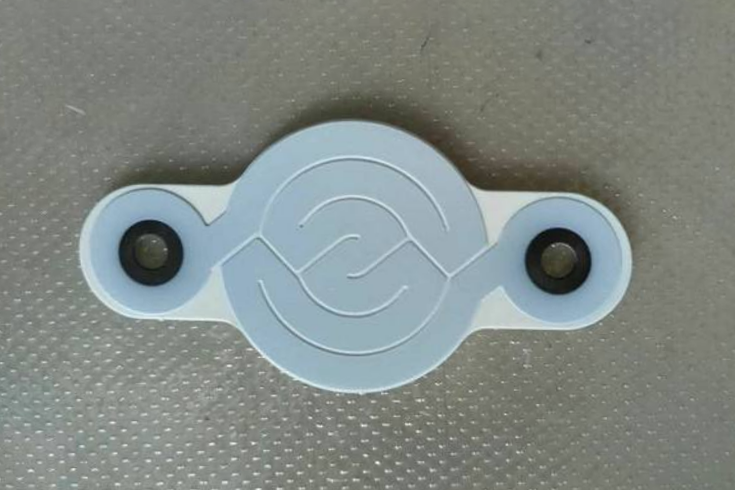
The solution included:
-
Customized Heater Geometry: The heater was designed to fit within the client’s equipment, optimising space utilisation.
-
Circuit Layout Design: The circuit was developed to provide multi-zone power distribution and accurate temperature control.
-
High-Purity PBN Material: This material ensured chemical inertness and maintained performance at elevated temperatures.
-
Thermocouple Interface Integration: This enabled straightforward temperature monitoring and control during experiments.
Results and Customer Feedback
The client reported, "The customised PBN heater meets all our requirements accurately. Installation was straightforward. Temperature stability and control are precise. Since the heater was installed, experiment reproducibility and efficiency have improved, while maintenance demands have decreased. This has reduced the risk of interruptions during tests."
Conclusion
This example demonstrates Stanford Advanced Materials' ability to provide customised solutions in advanced ceramic materials. Through precise design and controlled manufacturing, SAM supplied a PBN heater that improved the performance and reliability of the client’s laboratory instrument. Whether bespoke sizes, chemical composition, or structural designs are required, SAM can produce tailored solutions to enhance R&D and production capabilities.
If you have special customisation requirements, please contact us with your blueprints or technical specifications. Our professional team will provide a complete design service.

 Bars
Bars
 Beads & Spheres
Beads & Spheres
 Bolts & Nuts
Bolts & Nuts
 Crucibles
Crucibles
 Discs
Discs
 Fibers & Fabrics
Fibers & Fabrics
 Films
Films
 Flake
Flake
 Foams
Foams
 Foil
Foil
 Granules
Granules
 Honeycombs
Honeycombs
 Ink
Ink
 Laminate
Laminate
 Lumps
Lumps
 Meshes
Meshes
 Metallised Film
Metallised Film
 Plate
Plate
 Powders
Powders
 Rod
Rod
 Sheets
Sheets
 Single Crystals
Single Crystals
 Sputtering Target
Sputtering Target
 Tubes
Tubes
 Washer
Washer
 Wires
Wires
 Converters & Calculators
Converters & Calculators
 Write for Us
Write for Us
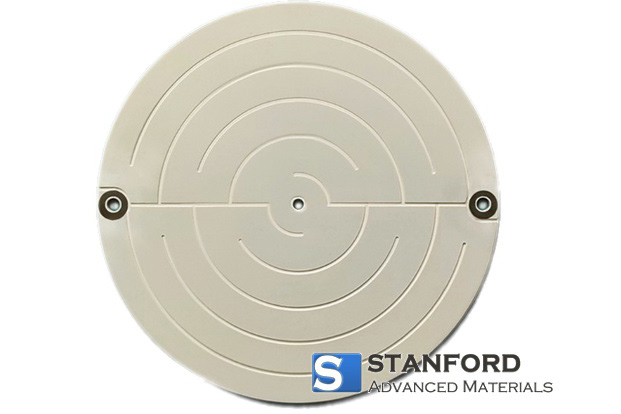
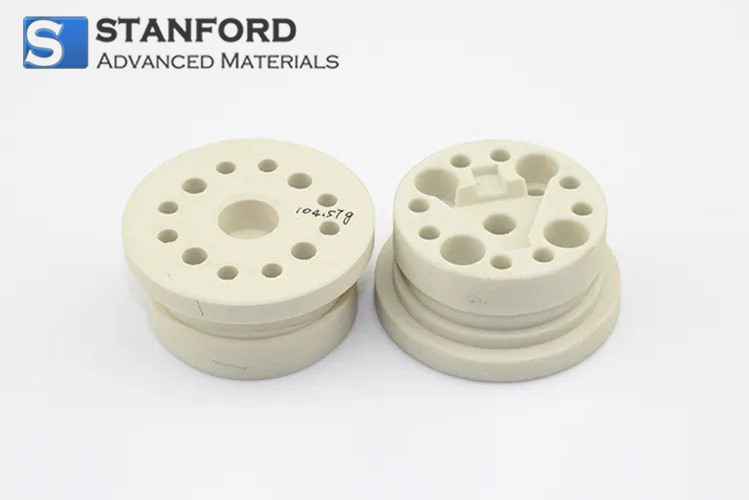
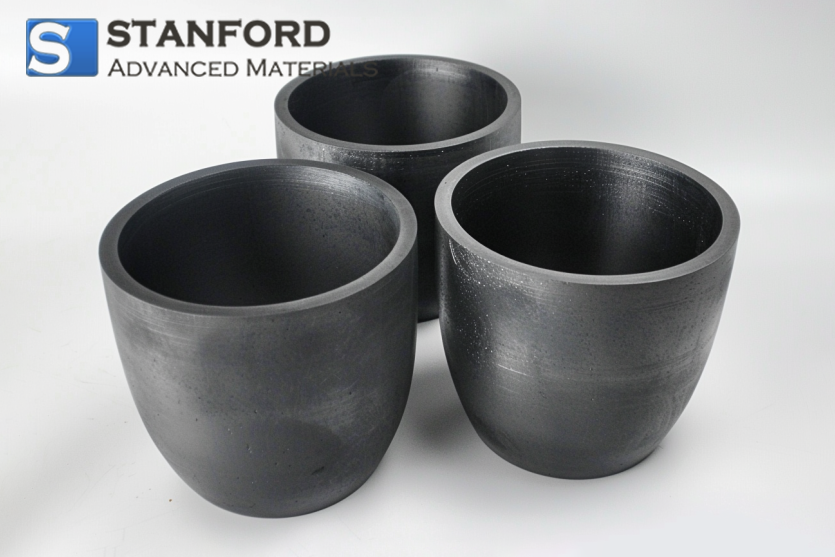
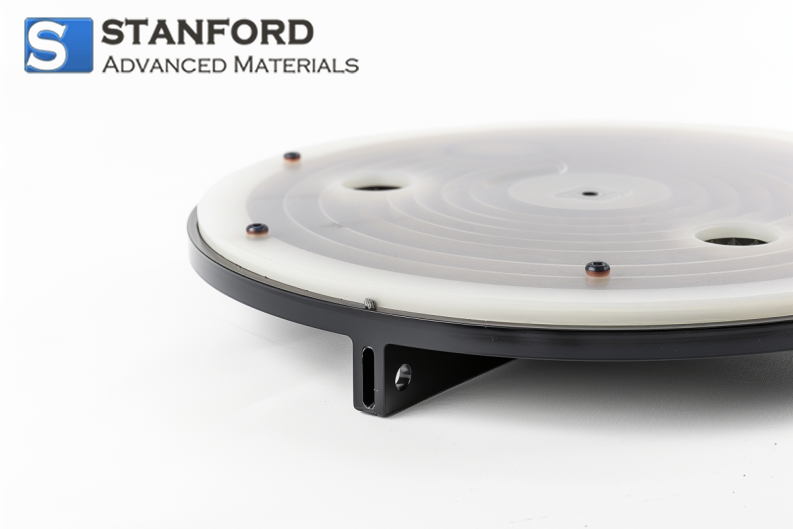
 Chin Trento
Chin Trento



